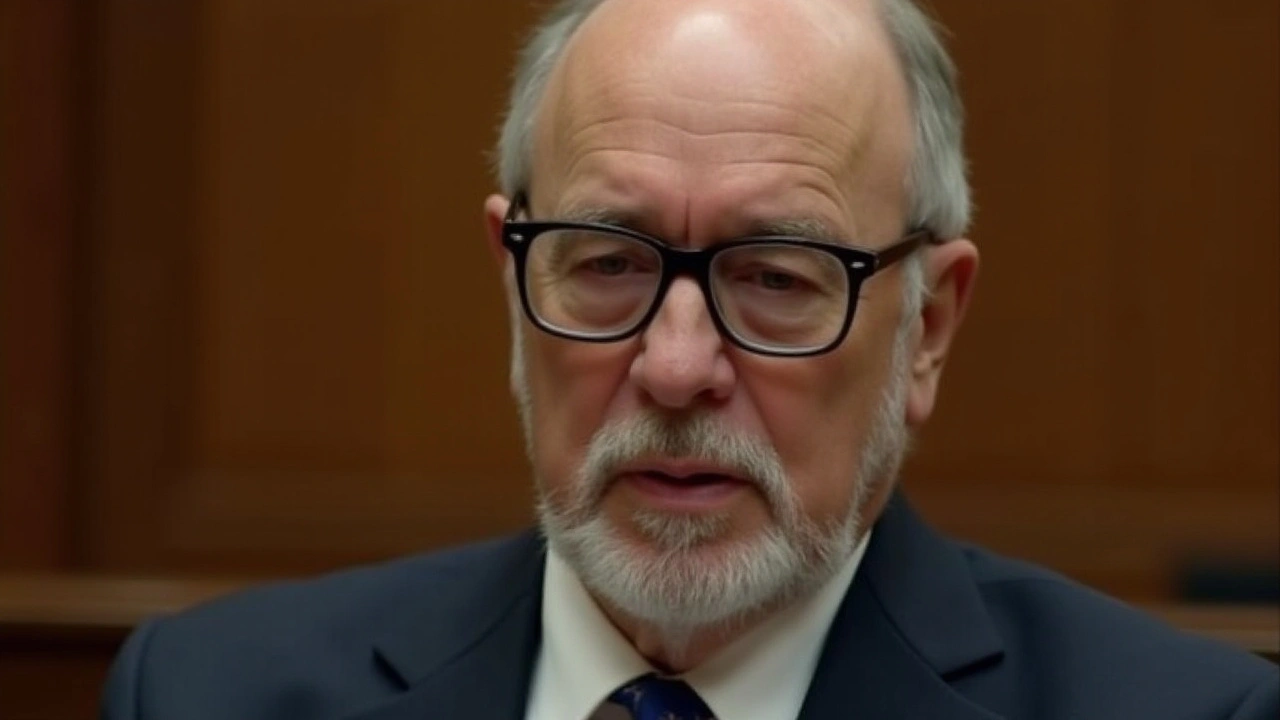Harvey Weinstein, the former film mogul, is currently facing dual battles: a severe health crisis and an ongoing legal saga. Diagnosed with chronic myeloid leukaemia, a rare bone marrow cancer, Weinstein is receiving treatment while incarcerated. His spokesperson criticized the public's intrusion into Weinstein's private health matters. Despite his health issues, Weinstein is preparing for a retrial after his 2020 rape convictions were overturned.
Chronic Myeloid Leukaemia – What You Need to Know
If you or someone you know has been told they have chronic myeloid leukaemia (CML), the first reaction is often shock. It sounds scary, but the good news is that CML is one of the most treatable blood cancers today. In this guide we’ll break down what CML is, why it shows up, how doctors spot it, and what treatment choices are available. No medical jargon, just straight‑forward info you can use.
What is CML?
CML starts in the bone marrow, the spongy tissue inside your bones that makes blood cells. A tiny piece of chromosome 22 gets stuck onto chromosome 9, creating the famous "Philadelphia chromosome". This extra genetic code tells cells to grow fast and not die when they should. Because of that, too many white blood cells pile up in the blood.
Most people with CML feel fine at first. That’s why it’s called "chronic" – the disease can stay slow‑moving for years. Over time, however, it can turn into a faster, more aggressive form, so catching it early matters.
Typical signs are subtle: unexplained fatigue, night sweats, weight loss, or a feeling of fullness in the left side of the belly (the spleen can get big). Some notice bruising or frequent infections because the blood isn’t working right. If you have any of these symptoms for more than a few weeks, see a doctor.
Living with CML: Treatment and Tips
The biggest breakthrough for CML came with drugs called tyrosine‑kinase inhibitors (TKIs). These pills, like imatinib, dasatinib, or nilotinib, block the faulty protein made by the Philadelphia chromosome. Most patients start feeling better within weeks, and many live normal lives for decades.
Doctors usually order a blood test called a complete blood count and a bone‑marrow biopsy to confirm CML. They also do a genetic test to spot the Philadelphia chromosome. After that, treatment begins quickly – the goal is to keep the disease in its slow‑moving stage.
If TKIs don’t work or cause tough side effects, other options exist. Some patients switch to a different TKI, others may try a clinical trial, and a few consider a stem‑cell transplant. The transplant can cure CML but comes with higher risk, so it’s reserved for special cases.
Beyond medication, a few everyday habits can help you stay strong. Eat a balanced diet rich in fruits, vegetables, and lean protein. Stay active – even light walking improves circulation and mood. Keep up with regular blood checks; they let your doctor see how well the medication is working. If you feel anxious or overwhelmed, reach out to support groups. Talking with people who understand CML can lift your spirits and give practical tips.
Remember, CML is a chronic condition, not a death sentence. With the right medicine and simple lifestyle steps, many people keep doing the things they love – work, sports, family time – for many years. If you suspect anything unusual, don’t wait. Early diagnosis plus modern therapy give the best chance for a healthy future.
